Fins are fins, right?
Snorkeling, freediving, bodyboarding – is there even much difference?
Fins come in different shapes and sizes depending on what they are made for.
Using snorkeling fins for bodyboarding will not perform as well as using the correct fins.
However, this is not to say that you cannot use snorkeling fins for bodyboarding.
Bodyboarding fins are short and wide, which makes them ideal for surfing – unlike snorkeling and diving fins, which are longer but provide more drag.
If you do not have options, then it is possible to bodyboard with any fins.
However, using the correct fins will make all the difference in the world.
Below we will take a look at why it is best to use bodyboarding fins while bodyboarding, as well as how to find the best bodyboarding fins for you.
- How Are Snorkel Fins Different From Other Fins?
- Can You Use Snorkeling Fins for Bodyboarding?
- Can You Use Swim Fins for Bodyboarding?
- Should I Even Use Fins for Bodyboarding?
- Are There Special Bodyboarding Fins?
- The Benefits of Using Snorkel Fins for Bodyboarding
- 5 Downsides of Using Snorkel Fins for Bodyboarding
- How Do I Choose the Right Bodyboard Fins?
- Conclusion
- You Might Also Like…
Disclosure: this post contains affiliate links (clearly marked with ), which means we may earn a commission if you buy something through them, at no additional cost to you.
How Are Snorkel Fins Different From Other Fins?
Unlike the fast kicking motions that are used by bodyboarders to make it past the break or push themselves onto a breaking wave, snorkeling is a much slower, smooth activity.
When snorkeling or diving it is important to swim slowly so as to not scare away marine life.
To do this, snorkeling and diving fins are generally made with much longer and harder blades than other swimming sports.
These long, hard blades make it possible to move large amounts of water with tiny flicks of the ankle, or slow gliding movements from the hips.
Because these fins are big and hard, it makes it difficult to kick quickly with them, which does not make them ideal for swimming (although they still work extremely well) and makes them far from perfect for bodyboarding.
Can You Use Snorkeling Fins for Bodyboarding?
It is possible to use snorkeling or any other type of fins for bodyboarding.
However, none will work as well as the short fat fins that are made for the job.
Because bodyboarding fins are short, they reduce the possible friction caused by your legs and feet hanging in the water as you ride a wave.
Remember, the greater the surface area, the more friction, which in turn results in less speed.
Even though you will be able to paddle faster with large snorkeling fins, you will find that you travel a lot slower while riding a wave.
Can You Use Swim Fins for Bodyboarding?
Just as it is possible to use snorkeling and diving fins for bodyboarding, the same can be said about swimming fins.
Although they will still not be ideal, swimming fins may perform better than snorkeling fins for bodyboarding because they are made to be slightly smaller.
The downside of this is that, even though they are shorter than snorkeling fins, they are too narrow, and still too long.
Furthermore, swimming fins often have soft blades as the fresh water in pools causes less resistance than salt water due to its lower density.
This means that softer fins work well in pools, but lose some of their performance in the ocean.
Should I Even Use Fins for Bodyboarding?
Unless you are standing hip-deep in water and jumping into a steep shallow beach break (which can be fun in its own right), you are going to want to use fins while bodyboarding.
When we surf, we use our arms to paddle. This is made easier as we use bigger, more buoyant boards.
Just as paddling on a shortboard is harder than paddling on a longboard, so is paddling on a bodyboard more difficult than on a shortboard.
When we lie on a bodyboard, a large portion of our bodies is in the water. This creates a huge drag, which means we need more force to propel us forward.
Doing this with only your arms will leave you exhausted and going nowhere.
When you use fins, you not only allow your legs (which are bigger and stronger) to do the hard work, but you also add surface area to your feet, which allows more water to be moved with less effort, and therefore creates more forward momentum.
Simply put: we can swim faster with less effort when wearing fins, and therefore we should always use fins when bodyboarding.
Are There Special Bodyboarding Fins?
Not all fins are made equal. Some are designed for long slow movements, others are made for maximum propulsion over short bursts.
Bodyboarding fins are made to suit the latter.
As mentioned before, bodyboarding fins are short and wide. This limits the drag of the fin, both while riding a wave as well as when rapidly kicking to catch a wave.
Furthermore, many bodyboarding fins are made with dual rubber.
The boot part is softer to allow comfort over longer periods, while the blade of the fin is made from a harder rubber which increases the amount of water it can move with each stroke.
Although bodyboarding fins come in different shapes and sizes, they will always be shorter and wider than fins designed for other water sports.
The Benefits of Using Snorkel Fins for Bodyboarding
There are not many benefits to using snorkeling fins for bodyboarding when you compare them to fins designed specifically for bodyboarding.
However, if it is snorkeling fins or nothing, then you will still find a few upsides in using them.
The only two real benefits of using snorkeling fins for bodyboarding are that they are – in most cases – better than using no fins at all, and that smaller kicks will send you further.
Because snorkeling fins are made to move large amounts of water, using them when bodyboarding will make paddling around the bay a breeze.
You will need very little effort to make it through currents, past waves, and into the backline.
However, the advantage stops there.
5 Downsides of Using Snorkel Fins for Bodyboarding
As can be expected, there are far more downsides to using snorkeling or diving fins for bodyboarding than there are upsides.
If it were not so, then everyone would be using their snorkeling fins to catch waves.
Here are a few reasons why bodyboarders avoid using snorkeling fins when surfing.
1. Extra Drag
Because snorkeling fins are much larger than bodyboarding fins, they cause a lot more drag.
This is not as much of a problem while you are paddling around, but when riding a wave, your fins double up as a break.
Many bodyboarders lift their feet out of the water to limit the friction that their fins create, but with large snorkeling fins, this is not as easily done.
Larger fins equal more drag. More drag simply means that you travel slower.
2. Reduced Maneuverability
The larger your fins are, the harder it is to turn around in the water.
This is not a problem if your goal is to make slow movements so as to not scare away the fish, but becomes a problem when there is a 10-foot wave about to break on your head.
Using snorkeling fins in large swell can become dangerous as you will not be able to react as quickly as you could when using shorter bodyboarding fins.
3. Big and Bulky
Snorkeling fins take up a lot of space. One of the advantages of bodyboarding is that you do not have a huge surfboard and other luggage to move around.
Both your board and fins are short which makes their transport easy.
When using larger snorkeling fins, they may not fit into your bodyboard or wetsuit bag.
This will mean you need to pack them separately, which takes a lot of the “small board advantage” away.
4. Snorkeling Fins Are Expensive
Anyone who has ever gone diving will tell you how expensive the sport is.
Scuba diving gear is not for those with a shallow pocket, and even though they are just fins, the extreme prices do not let them pass by untouched.
It is possible to pick up a good quality pair of bodyboarding fins for less than USD 50.
Snorkeling and diving fins, on the other hand, can often cost near double that for fins of the poorest quality.
5. Snorkeling Fins Are Looser
Because snorkeling and diving fins are made for the same purpose, they tend to be looser than bodyboarding fins.
This is partly because the pressure experienced while diving will squeeze the boot of your fin. If they are too tight then this could cause a cramp or other problems under the water.
The problem with this for bodyboarding is that bodyboarders are constantly being thrown around by large waves, being crushed into the sand, and kicking frantically to beat the lip.
Doing this in loose fins creates a high risk of them being lost.
Not only is this an expensive loss, but you may also find yourself stuck in the impact zone with only a single fin to get you out of trouble.
How Do I Choose the Right Bodyboard Fins?
Choosing the right bodyboarding fins is not a difficult task. Simply look out for the following when assessing new fins and you will be sure to find a pair that is perfect for you.
1. Fins Size
The most important part of choosing new fins is to find a pair that fits. Luckily this should not be too difficult.
Most bodyboarding fins are made in size ranges such as XS, S, L, XL, etc.
If you simply take your shoe size and head to your local surf shop, you will easily find a guide as to what size fin is best for you.
2. Fin Buoyancy
It is always an advantage to have buoyant fins. Although you will not likely be planning to take off your fins while in the water, these situations do occur.
Even with protection straps, it is still possible for one of your fins to slip off.
If your fins float, then it will make it significantly easier to recover them.
If your fins are heavy and sink to the bottom, then you can kiss your missing fin goodbye and begin planning another trip to the surf store.
3. Fin Material
The material your fins are made from will play a large role in both comfort and performance.
Fins made from harder material are less comfortable, but provide better propulsion, while softer fins will be more comfortable for longer, but will require greater effort.
The best fins are those that make use of softer rubber in the boot for comfort while using harder material in the blade for maximum performance.
That being said, softer fins are less durable, so make your choice wisely.
4. Durability
Durability is important to consider when you are buying new bodyboarding fins.
If you buy fins purely for their durability, they will likely be heavy, hard, and uncomfortable to wear.
On the flip side, if you go for 100% comfort, then you may find your soft material fins breaking down in only a couple of months.
Consider how long you want your fins to last versus the comfort level you are comfortable with before buying a pair of flippers.
5. Blade Shape
Bodyboarding fins come with multiple different shaped blades.
Different designs boast different performance edges, but as an intermediate or beginner bodyboarder, there is no need to worry about such things.
As time goes on you may sway towards particular designs, but in the grand scheme of things, the blade design of your fins does not make a massive difference.
6. Price
Whether we like it or not, price is always a factor when buying new gear (for most of us, anyway).
It is always a good idea to avoid buying the cheapest products on the market as they are usually low in quality and will need to be constantly replaced.
Likewise, it may also not be wise to buy the most expensive products around as they are often overpriced and can be replaced with a cheaper product of the same quality.
Whatever your price budget is, you should consider sticking to it.
The last thing you want is to break your budget on a top-of-the-line pair of bodyboarding fins, only to have your leash snap the next day and have no funds to replace it.
Conclusion
It is clear that using snorkeling fins for bodyboarding is not ideal.
Although it is often better to use any fins than none at all, bodyboarding fins are made for the job and will far outperform those that are made for different swimming activities.
Bodyboarding fins are not expensive and if you invest in good quality bodyboarding fins then they could last you anywhere from multiple years to a lifetime.
You Might Also Like…
-

Can You Drown Snorkeling? 11 Common Reasons (+Helpful Tips)
-

Can I Use Snorkeling Fins for Bodyboarding? Pros & Cons (+6 Tips)
-

What Colors to Avoid When Snorkeling? (& Which You Should Wear)
-

Is It Safe to Fly After Snorkeling? What You Should Know (+4 Tips)
-
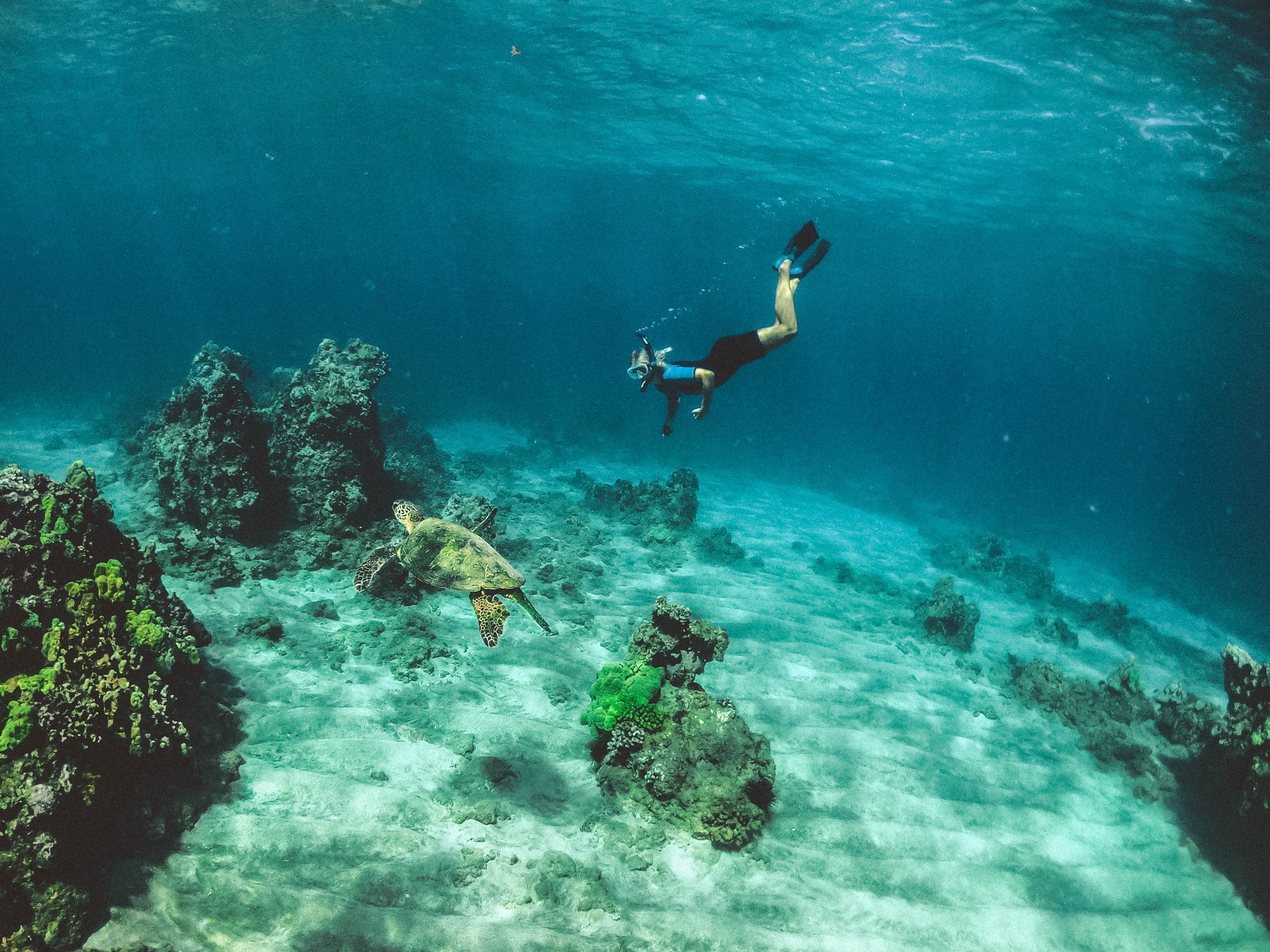
Can’t Hear After Snorkeling? 3 Possible Causes (& Solutions)
-
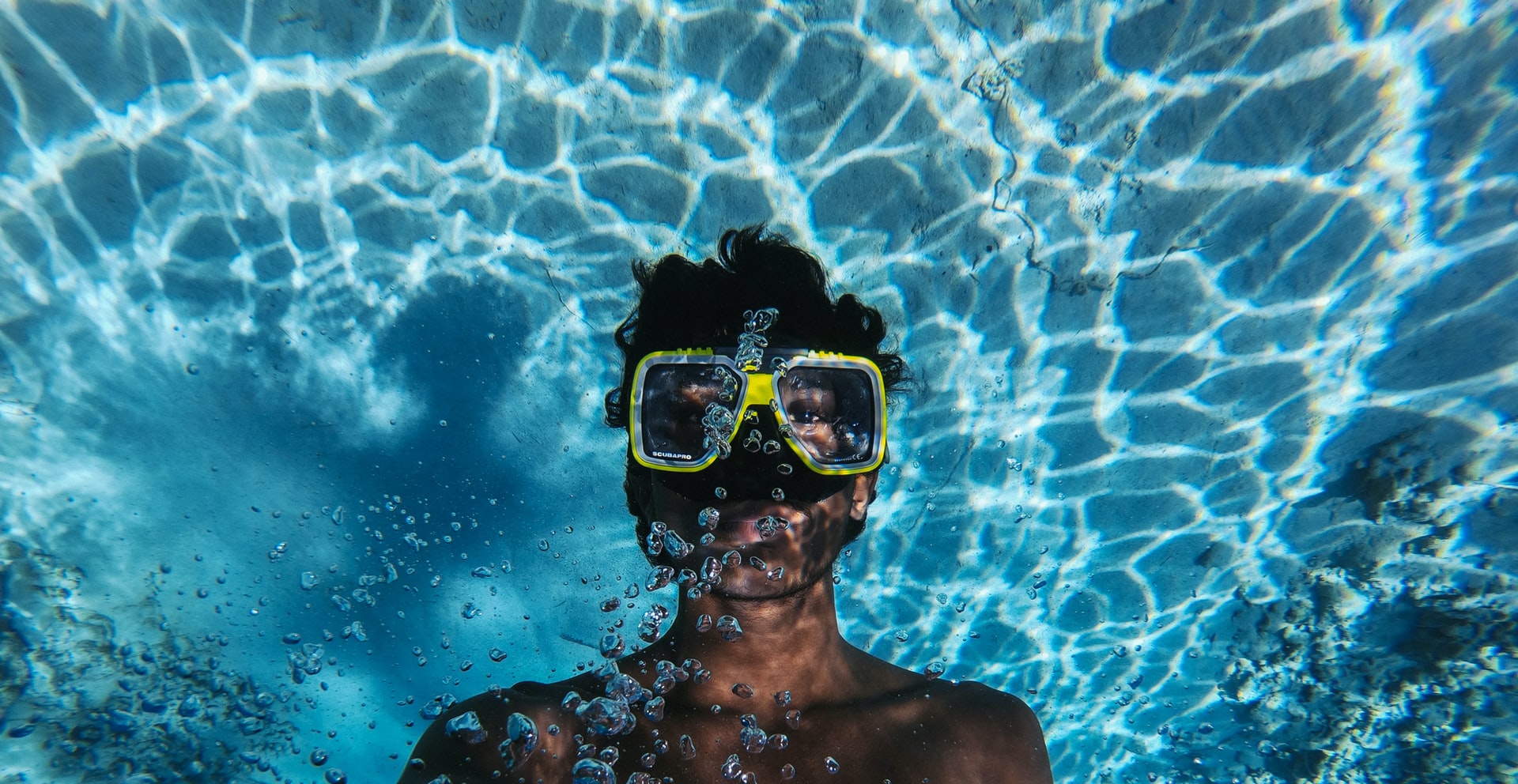
Can Snorkeling Cause a Sinus Infection? (+9 Tips to Avoid It)
-
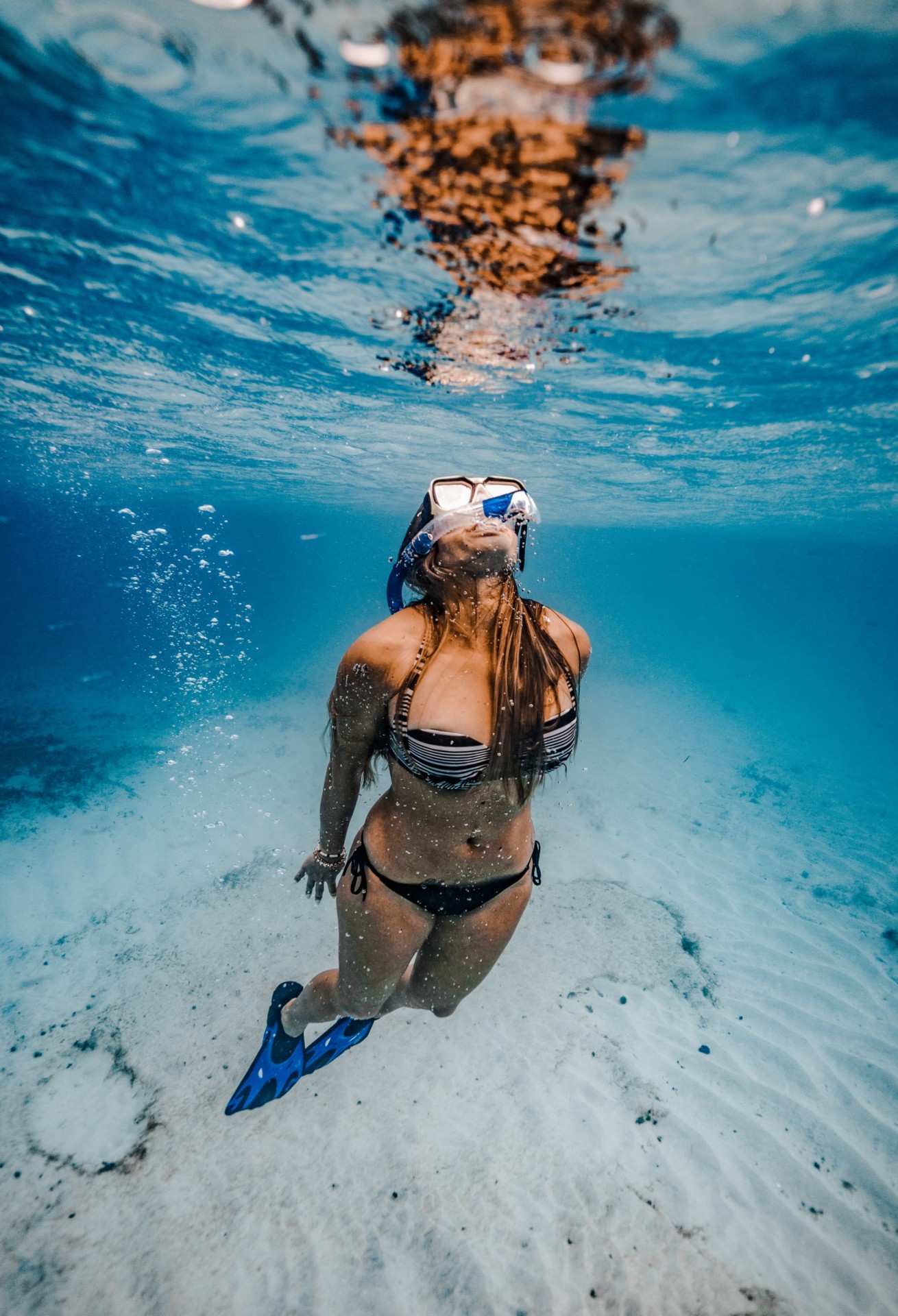
Can Snorkeling Cause a Sore Throat? 8 Common Causes (+Tips)
-
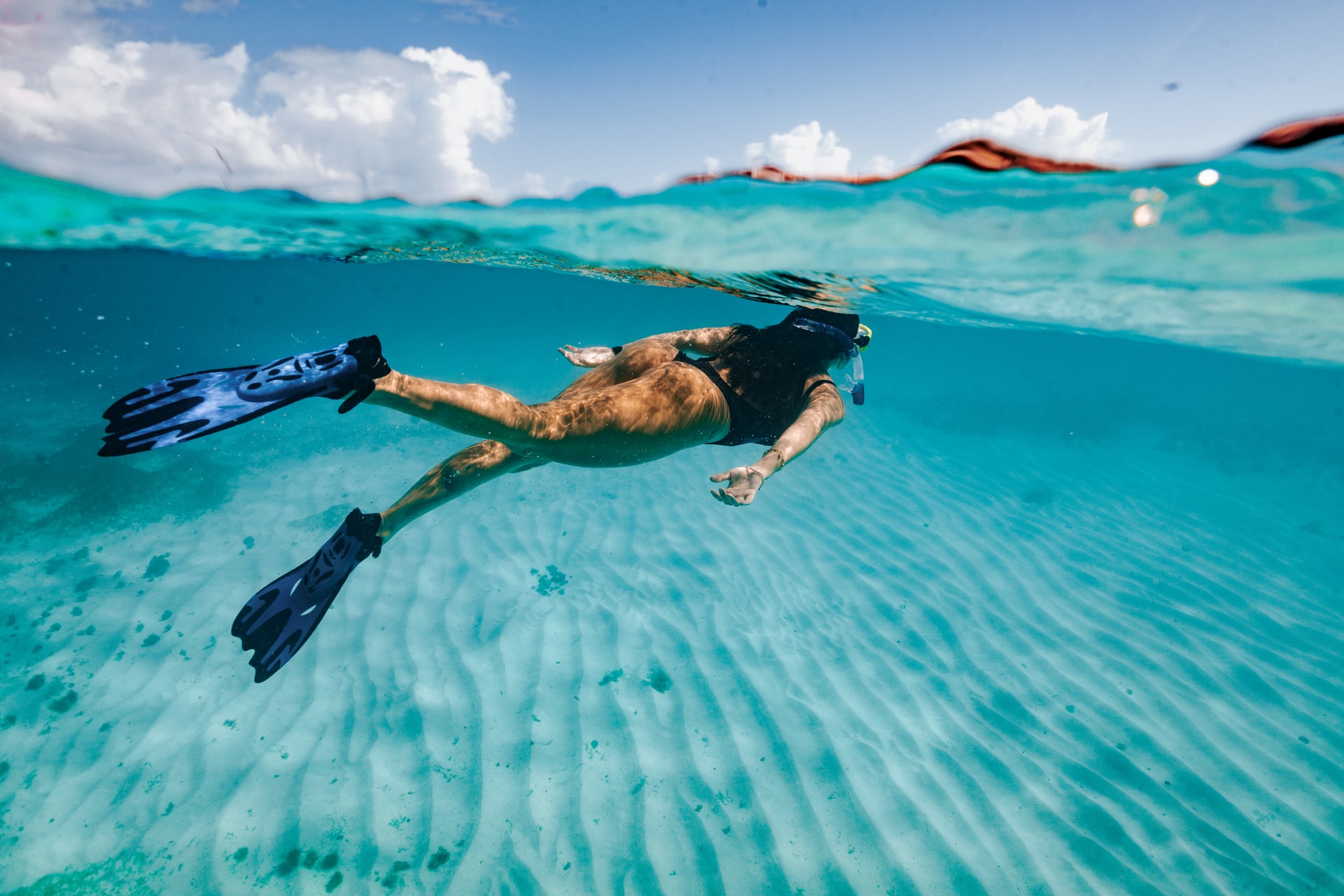
Can Snorkeling Cause Vertigo? (+8 Tips to Avoid It)
-
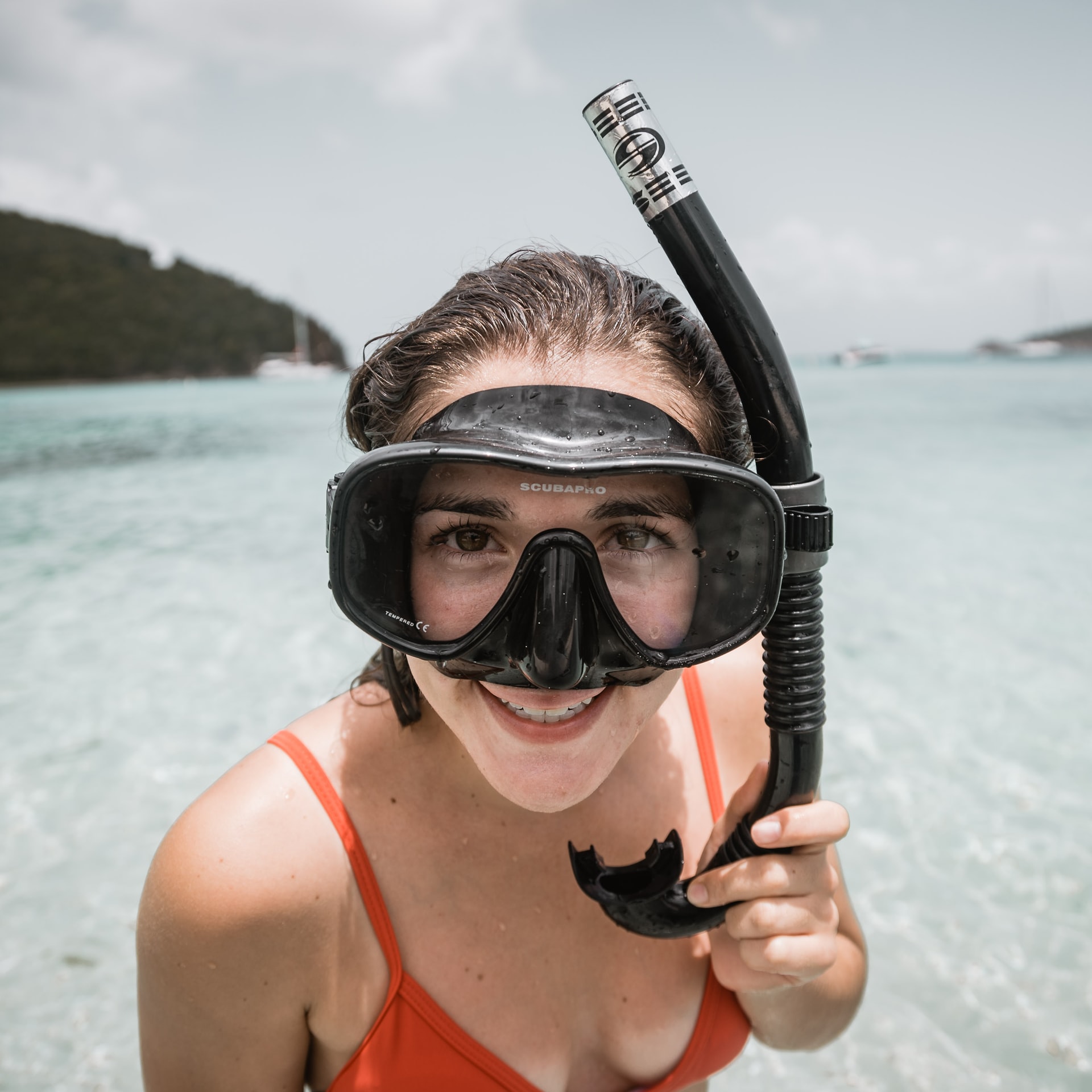
How Do Snorkel Masks Work? (+Regular Vs. Full-Face Masks)
-
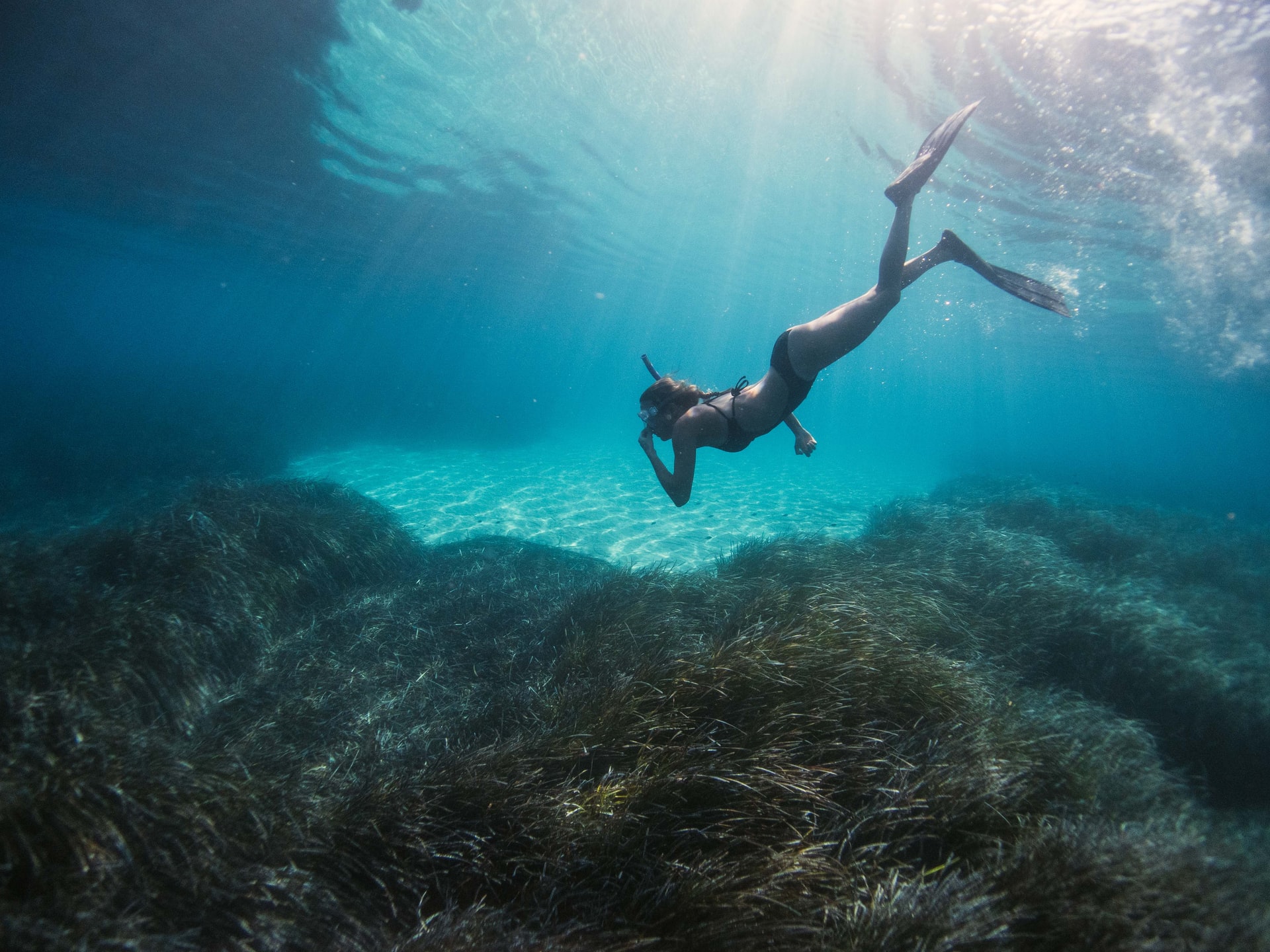
Why Does Snorkeling Make Me Nauseous? (11 Causes & Remedies)
-
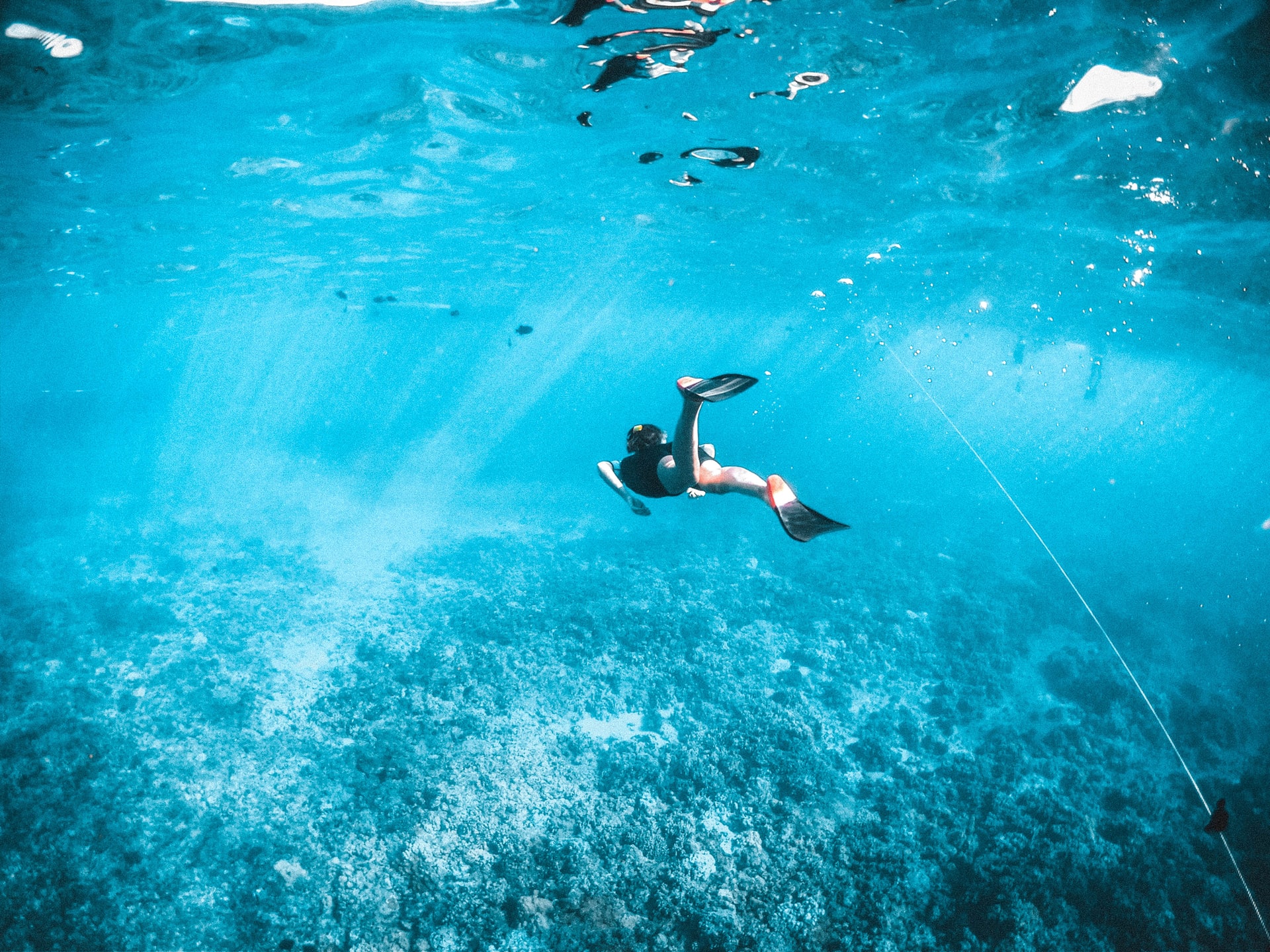
What Does Snorkeling Feel Like? FAQs Answered (for Beginners)
-
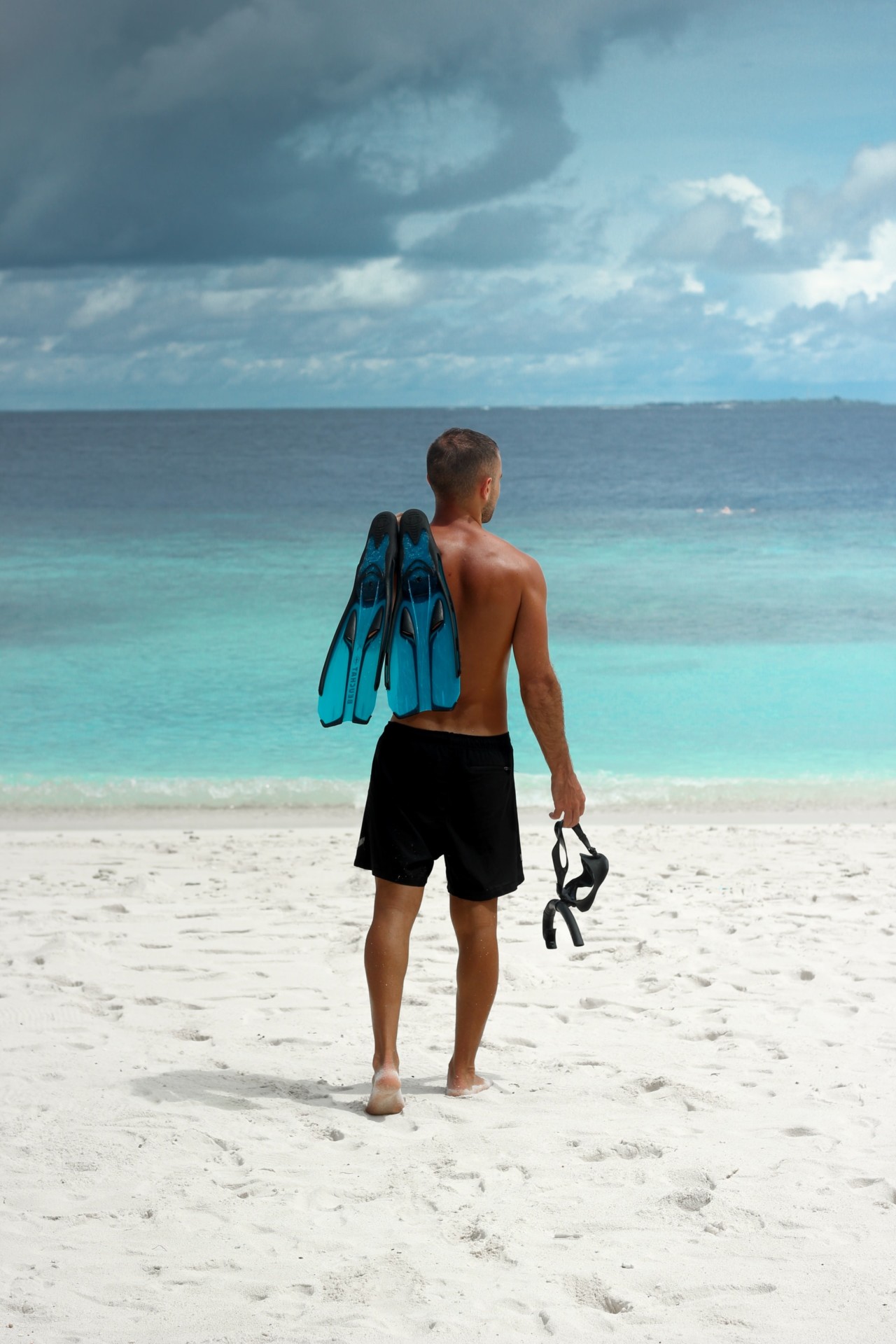
Does Rain Affect Snorkeling Visibility? 4 Ways It Does (+Helpful Tips)







